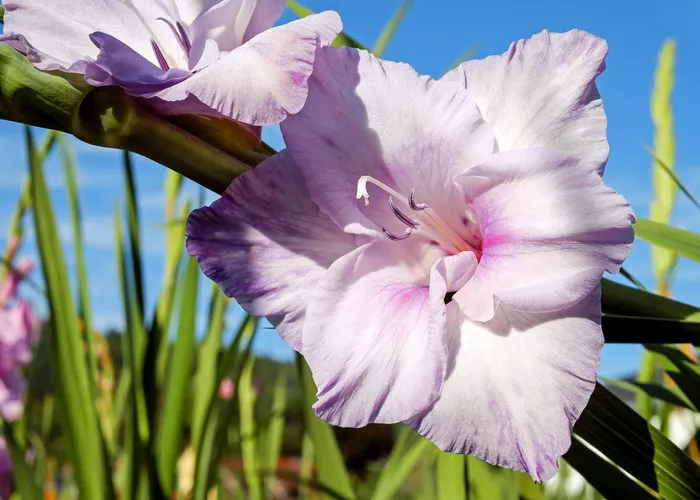In the remote reaches of Greenland lies Inuit Qeqertaat, known as Kaffeklubben Island to early 20th-century Danish explorers. This desolate expanse of gravel marks the northernmost point where land meets frozen sea ice.
A team of climate change researchers and National Geographic Explorers, led by Brian Buma and Jeff Kerby, ventured into this barren landscape to study its inhabitants. Amidst the rocky terrain, they made a remarkable discovery: the world’s northernmost plant, a common moss species called Tortula mucronifolia, along with a vibrant Arctic poppy (Papaver radicatum), just a short distance away.
Meanwhile, on the nearby mainland, Greenlandic archaeologist Aka Simonsen stumbled upon a ring of ancient Inuit stones, believed to be approximately 700 years old, marking a significant archaeological find at this extreme latitude.
The expedition team meticulously documented their findings, mapping out the vegetation and marking key locations on the mainland coast. This data will contribute to a comprehensive digital map of the region, serving as the initial entry in what Buma and Kerby envision as an ongoing research effort in this remote northern territory.
Located above the Arctic Circle, this region is experiencing rapid warming, four times faster than anywhere else on the planet. The team’s brave exploration underscores the urgency of understanding the impacts of climate change in these extreme environments, as changes here could reverberate globally.


